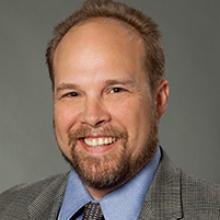Oklahoma Study of Educator Supply and Demand: Trends and Projections
Across the country, concerns have been growing that not enough educators exist—especially teachers—to meet demand in schools and districts. In Oklahoma, this issue has reached a breaking point. This report details the results of a study aimed at understanding the extent to which educator supply and demand are in equilibrium for particular subjects and geographic regions in the state, including an analysis of historical trends and future predictions.
Selected Key Findings
- A disproportionate share of program completers majoring in elementary and early childhood education and teaching have become certificated and employed, while those majoring in physical education teaching and coaching are underrepresented in this category.
- Program completers originating from a state other than Oklahoma commonly do not go on to become certificated or employed in the Oklahoma public education system—this was particularly true for those originating in Texas.
- Nonstandard certifications are growing across all locales, in line with an earlier finding suggesting these types of certifications are becoming more common in general across the state.
- From 2014–15 to 2019–20, the annual count of ELL certification areas is projected to grow about 50 percent.
- A gradual increase in the number of new educators since 2010-11 has not been enough to offset the number of educators who have left the system.
- Overall, statewide educator demand is expected to increase gradually over time, but at a decreasing rate.
- Projections show the statewide supply of teachers will increase gradually in future years, and that supply fluctuations—including both increases and decreases—will occur across regions.
Contact
